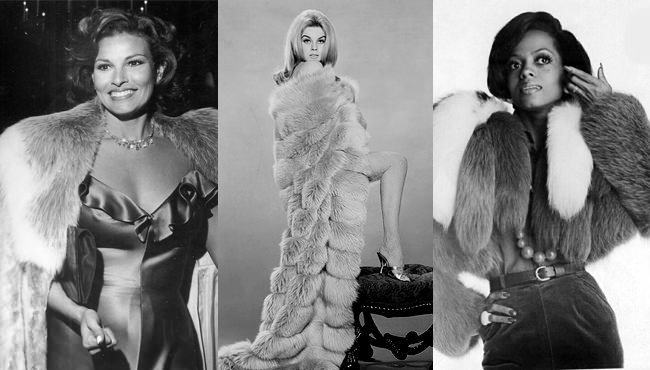
Mink Fur is not Mythology
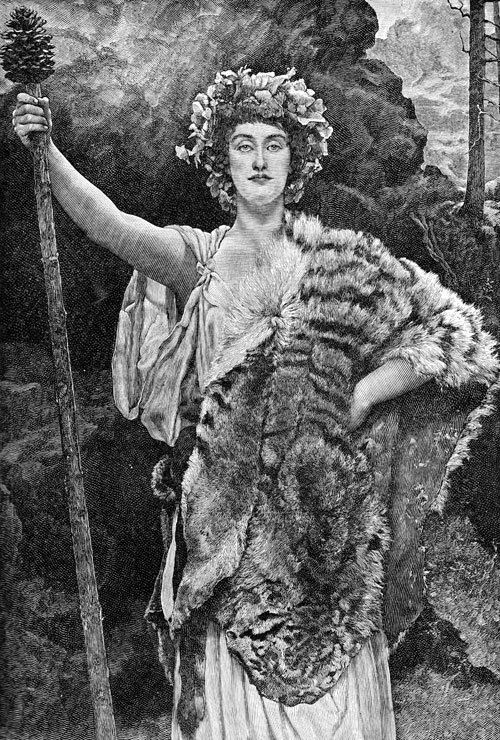
https://en.natmus.dk/historical-knowledge/historical-themes/the-fur-trail/fur-in-antiquity/
The mystique surrounding furs adorned as outerwear goes back millennia. The fur coat mystique has grown considerably from its inauspicious presence during the stone age(supposedly) to Greeks, Greek legends, and Romans. It has evolved in appeal 180 degrees from that time.
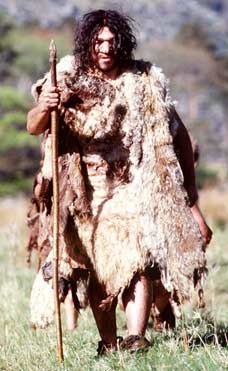
Fur and skin were essential commodities in the Mediterranean area, and the Phoenicians and Assyrians traded for exotic furs from Asia and Africa. Fur garments are also mentioned as gifts in Homer’s Iliad. Particularly wealthy Romans appreciated luxurious and beautiful furs. The emperor Honorius issued a decree in 397 AD that forbad his court to wear fur – probably to ensure its high trading value.
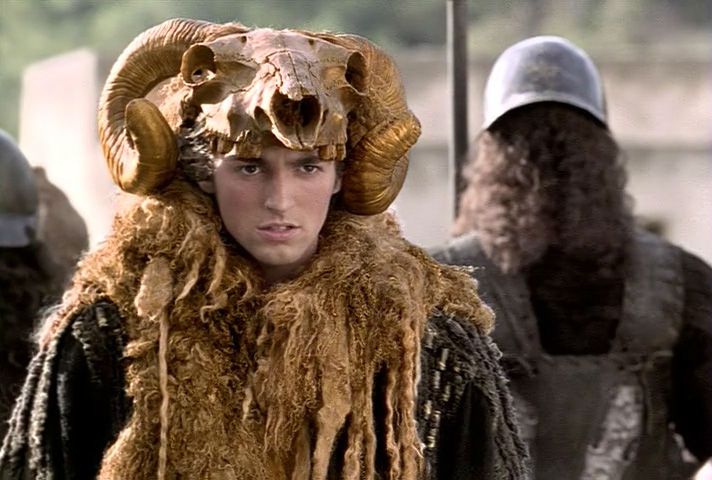
Materials and Fabric Used in the Elizabethan Era
A wide variety of fabrics like velvet, silk, satin, damask, fur, and taffeta were used extensively for Royal Wear.
These exotic materials, imported from different areas all over the world for Royalty. The Queen and her relatives were allowed to wear gold or gold tissue clothing as embellishment. Also, clothes trimmed with ermine permitted to Royalty. Nobles were allowed to wear clothes trimmed with fox or otter fur.
The Roaring 20’s and The Fur Coat Craze

https://www.messynessychic.com/2014/11/26/the-1920s-college-kids-and-the-fur-pimp-coat-craze/
Raccoon coats set the trend in the 1920s & 30s men’s fashion and sparked a voracious demand for the extravagant garment across the country.
If a man could afford a fur coat, he had one; bankers, salespeople, and students alike used the style to signify or improve their social status.
If you were an Ivy League undergrad in the 1920s with a reputation to keep, you wouldn’t have seen at the homecoming game without one.
The trend allegedly emerged as a result of Davy Crockett mania and widespread interest by an elite group of young white Americans in his stories.
It spread even further by famous prominent band music jazz musicians embraced by the students who sang about the Ivy-league fur fad. In 1928, George Olsen released a recording highlighting the trend called “Doin’ the Raccoon.”
The Golden Age Of Cinema and Fur Coats

https://www.pinterest.com/prissilane/when-furs-were-in-vogue/?lp=true
Marilyn Monroe Furs
Marilyn Monroe is the powerful symbol of seductive beauty and charisma of the ’50s and ’60s. She loved furs of all kinds—including mink, fox, and a chinchilla—on and off-screen. Pictured above, Marilyn is wearing a natural mink collar with brown satin lining. This fur was a particular favorite of the late star; she wore it often while living in New York City. On a few occasions, she wore this shawl for famous fashion and celebrity photographer Milton H. Greene. She was also spotted wearing this piece during off-hours of the filming for The Prince and The Showgirl.
From Breakfast at Tiffany’s to My Fair Lady, Miss Audrey Hepburn holds a legendary class status and sophistication. She’s known for her innocent charm and enchanting eyes for many decades. Her classic little black dress and pearls are still a fashion staple, but Audrey also incorporated fur into her wardrobe.
Although she was an icon during Hollywood’s Golden Age, modern celebrities rally around her timeless style. Audrey inspires stars like Taylor Swift, Olivia Wilde, and Anne Hathaway: When asked what “chic” means to her, Hathaway responded: “I instantly think of Audrey Hepburn—she could do no wrong. Her style was revolutionary. She was ladylike without being stuffy.”
https://www.articlecube.com/classic-fur-inspiration-hollywood-legends-yesterday
Fur Stylings : The 60’s,70’s ,80’s and 90’s

Fur Styling 1960’s
The fur styling during the 1960s through to the ’90s was one of nuevo chic. There were retro elements as well as harkening back to old Hollywood as well. The overarching narrative of the fur coat during this period was one of functional, wearable fashion sense. A slew of notable celebrities and global potentates led the way towards this end. Fur fashion caught fire everywhere(and with many). The pursuit of a fur coat was a primary accessory goal for both men and women. It became a clear statement of one’s economic “arrival.”
https://www.refinery29.com/en-gb/90s-fashion-trends
https://www.furinsider.com/famous-faces-in-fur-the-90s/

Furs in The 21st Century
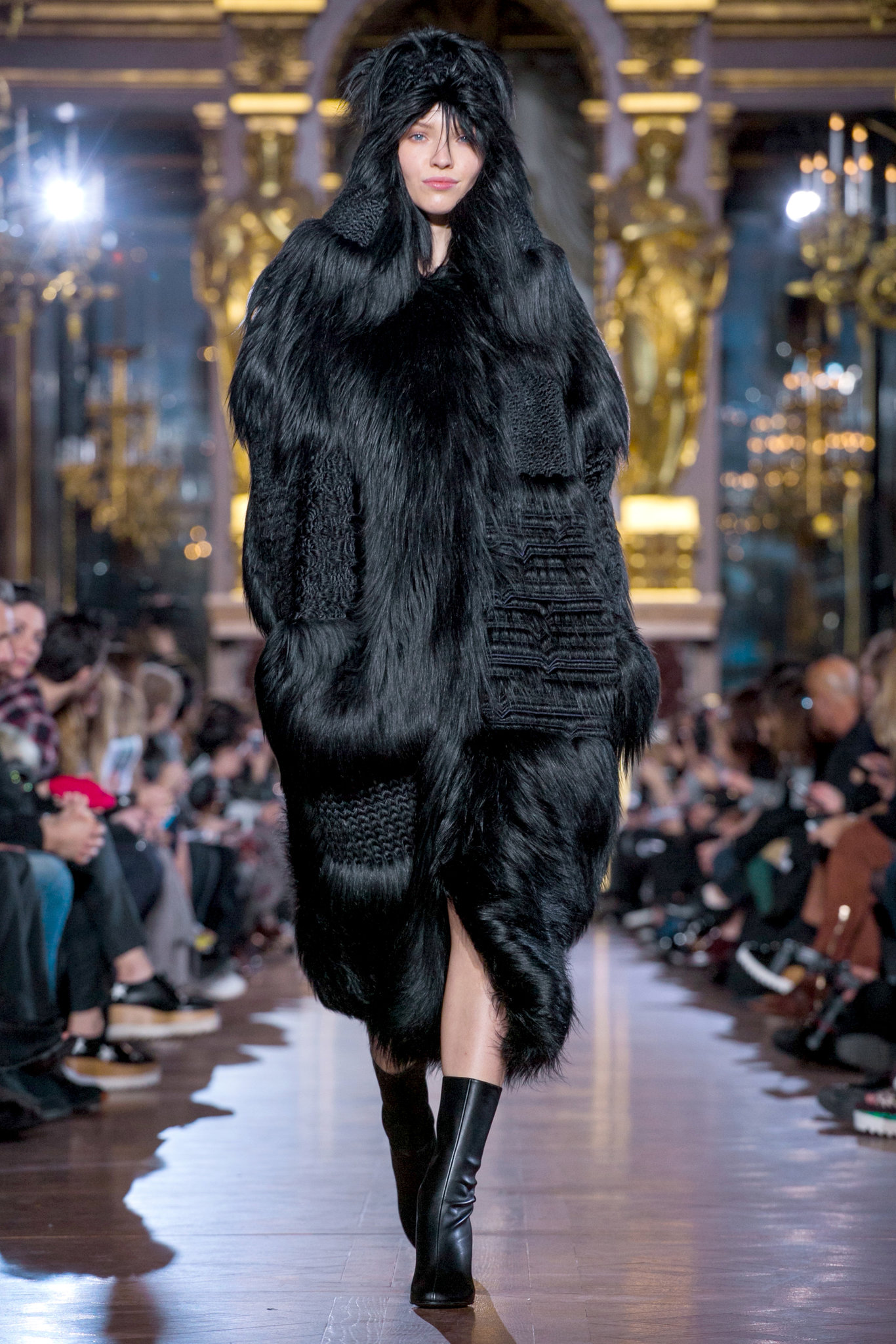
Rhianna in Fur
The fur coat fashion disposition of the 21st century is all about the individual fashion statement. The 21st-century fur fashion scene is infused with a new sense of personal style statement and purpose/practicality.
The utilization of mink fur fashion remained pronounced in entertainment and celebrity spheres of influence. Though still substantial, the cost saw a reduction that made the fur coat acquisition possible for fur lovers.
The fur coat’s value and substance (both real and intrinsic) remain at a high bar. The fur industry itself has done a self purge that left a remaining few manufacturers and retailers. Marc Kaufman Furs is primary amongst this group.
https://www.nytimes.com/2015/07/05/fashion/fur-is-back-in-fashion-and-debate.html
Marc Kaufman Furs
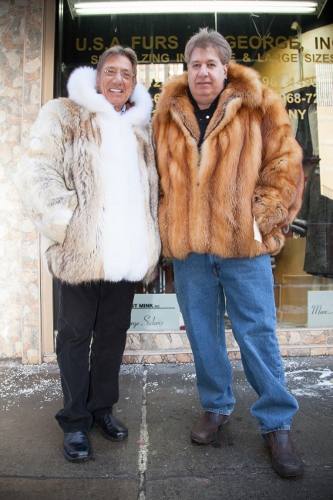
Marc Kaufman Furs is one of the few remaining top-flight furriers still in existence on the planet. Marc Kaufman Furs is the oldest furrier in the United States of America. They have designed and manufactured outstanding fur creations for almost 150 years. Their global online sales store is second to none amongst furriers. The flagship store is located at 212 west 30th street, New York City, New York 10001.
The narrative of the fur coat is an ever-evolving one. Marc Kaufman Furs remains at the forefront of this evolutionary story. They will continue to be, as long as fur coat fashion exists.